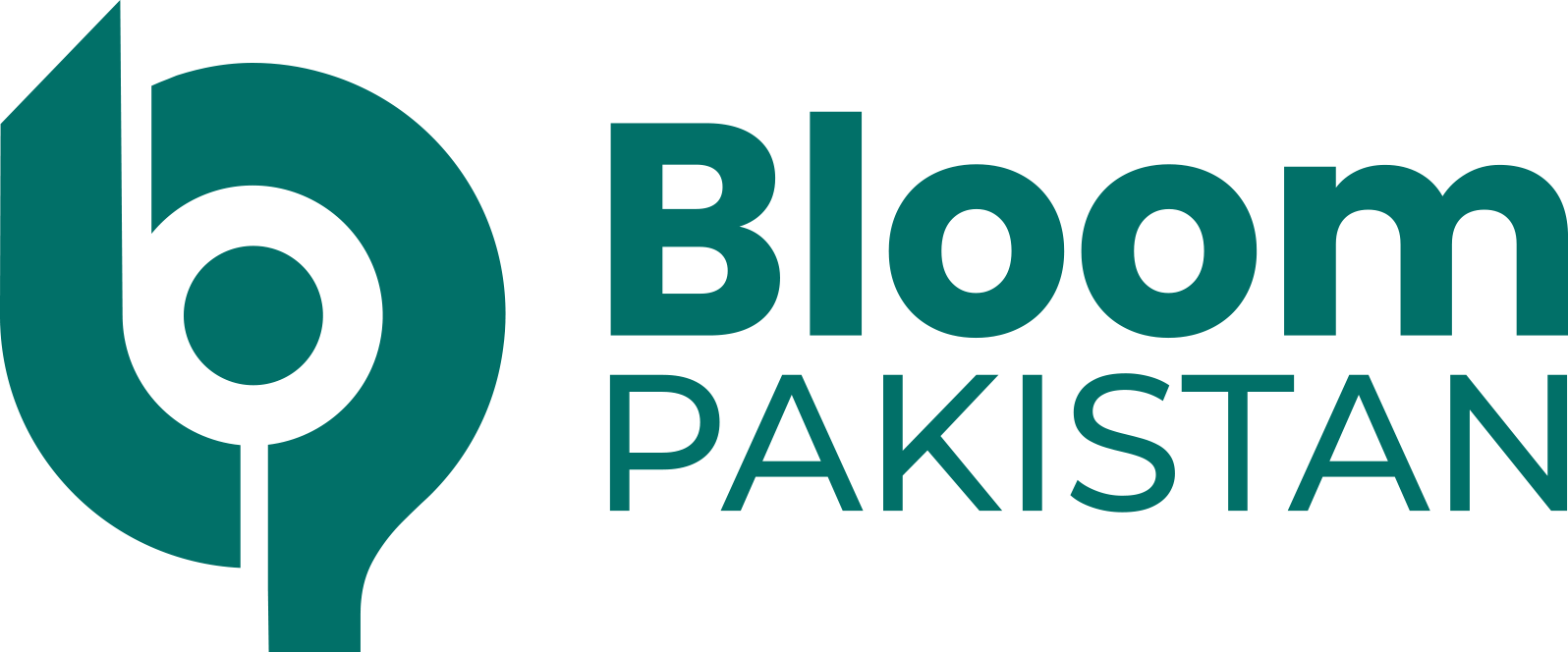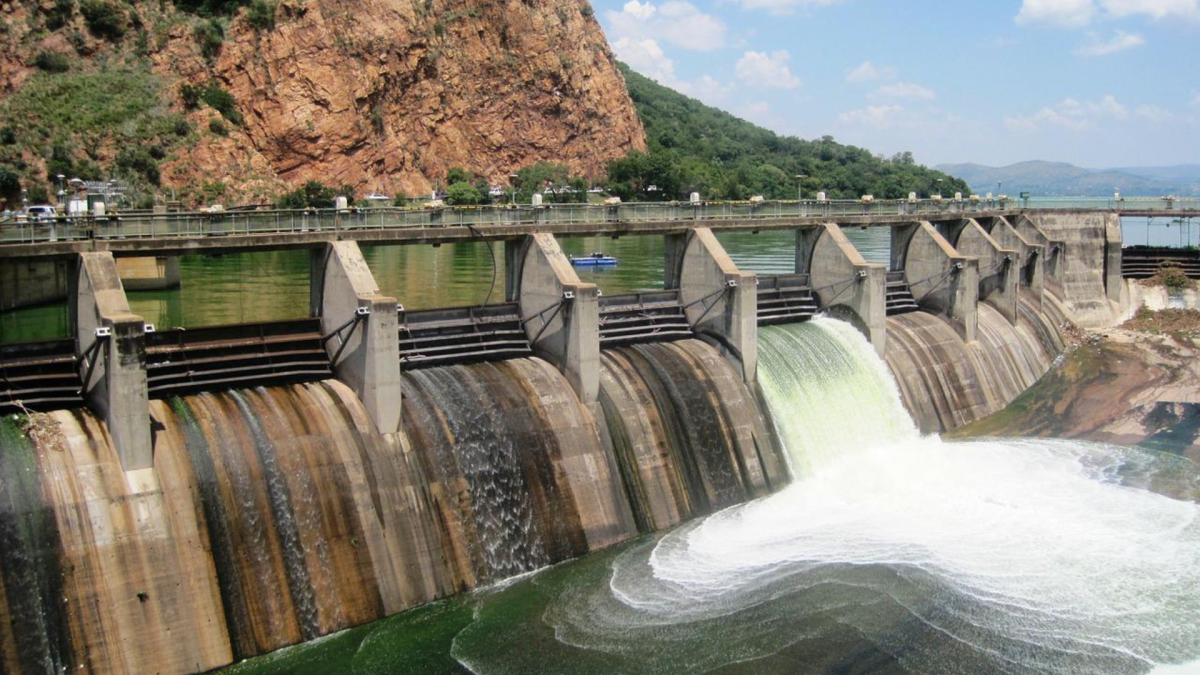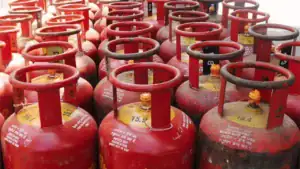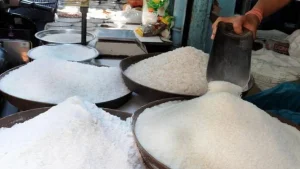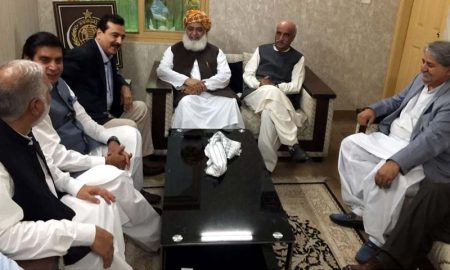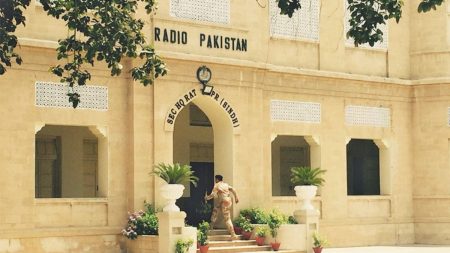Islamabad, April 11: A high-level delegation from the World Bank, led by Pankaj Gupta, Regional Director for Infrastructure in South Asia, visited the ongoing Tarbela 5th Extension Hydropower Project, which aims to add 1,530 MW of clean energy to Pakistan’s national grid.
The delegation was accompanied by Chairman WAPDA, Engr Lt Gen Sajjad Ghani (retd), who welcomed the team and expressed gratitude for the World Bank’s long-standing support in advancing Pakistan’s water and hydropower sectors.
The visiting team toured several critical construction sites, including the raised intake, tunnel, penstock, and powerhouse, where they observed progress on the ground.
During the visit, the General Manager/Project Director (GM/PD) provided a comprehensive on-site briefing, detailing the current status of construction across all seven major work fronts.
The delegation was informed that excavation works at the raised intake shaft, penstock, powerhouse, and switchyard have been completed.
Read More: World Bank Approves $300 Million Loan to Tackle Smog in Punjab
Concrete pouring is actively underway at key structures, including the raised intake, powerhouse, switchyard, tailrace culvert, and canal.
Notably, the draft tubes for all three turbine-generating units have been installed. Installation of penstock pipes and electro-mechanical systems at the switchyard is also progressing steadily.
Tarbela 5th Extension to Begin in 2026
Electricity generation from the Tarbela 5th Extension Project is targeted to begin in 2026. Once operational, the extension will contribute approximately 1.347 billion units of hydel electricity annually to the National Grid.
Funded with $390 million in financial assistance from the World Bank, the project involves the installation of three generating units of 510 MW each on Tunnel No. 5 of the Tarbela Dam.
The project is part of WAPDA’s broader strategy to promote green, clean, and least-cost power generation in Pakistan.
Upon completion, the total installed capacity at Tarbela Dam will increase from its current level to 6,418 MW, further solidifying its role as a cornerstone of Pakistan’s renewable energy infrastructure.
Also Read: World Bank to Invest $300 Million in Reko Diq Project
Chairman WAPDA highlighted the significance of this collaboration, noting that the World Bank and WAPDA have shared a partnership spanning over six decades.
He expressed confidence that this relationship will continue to strengthen in the years ahead, especially as Pakistan scales up efforts to harness its hydropower potential for sustainable energy security.
